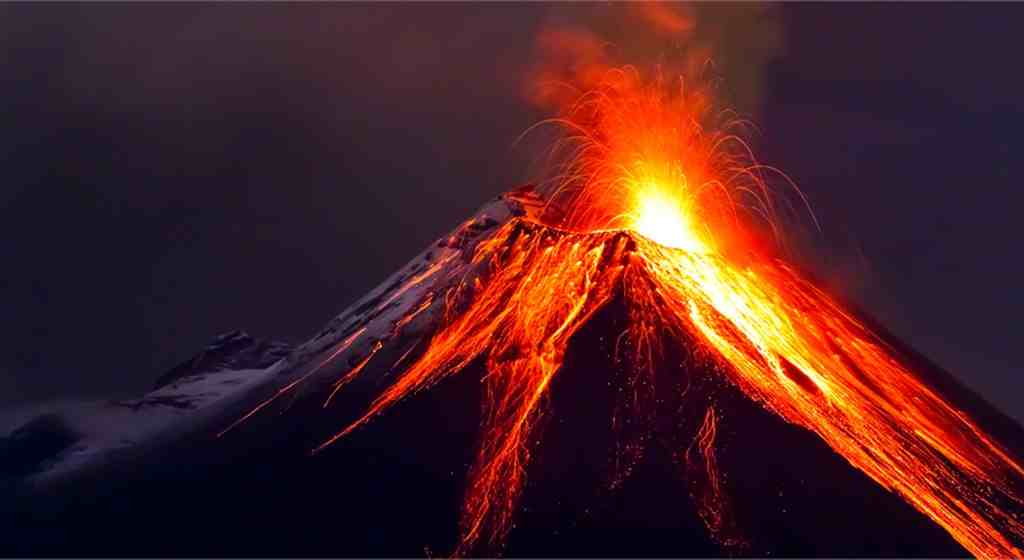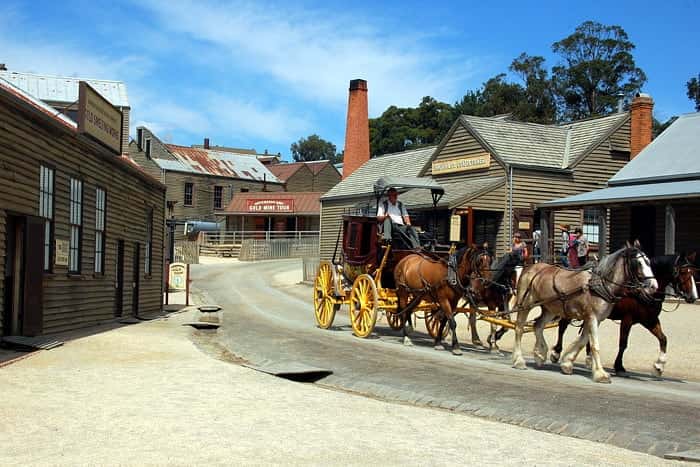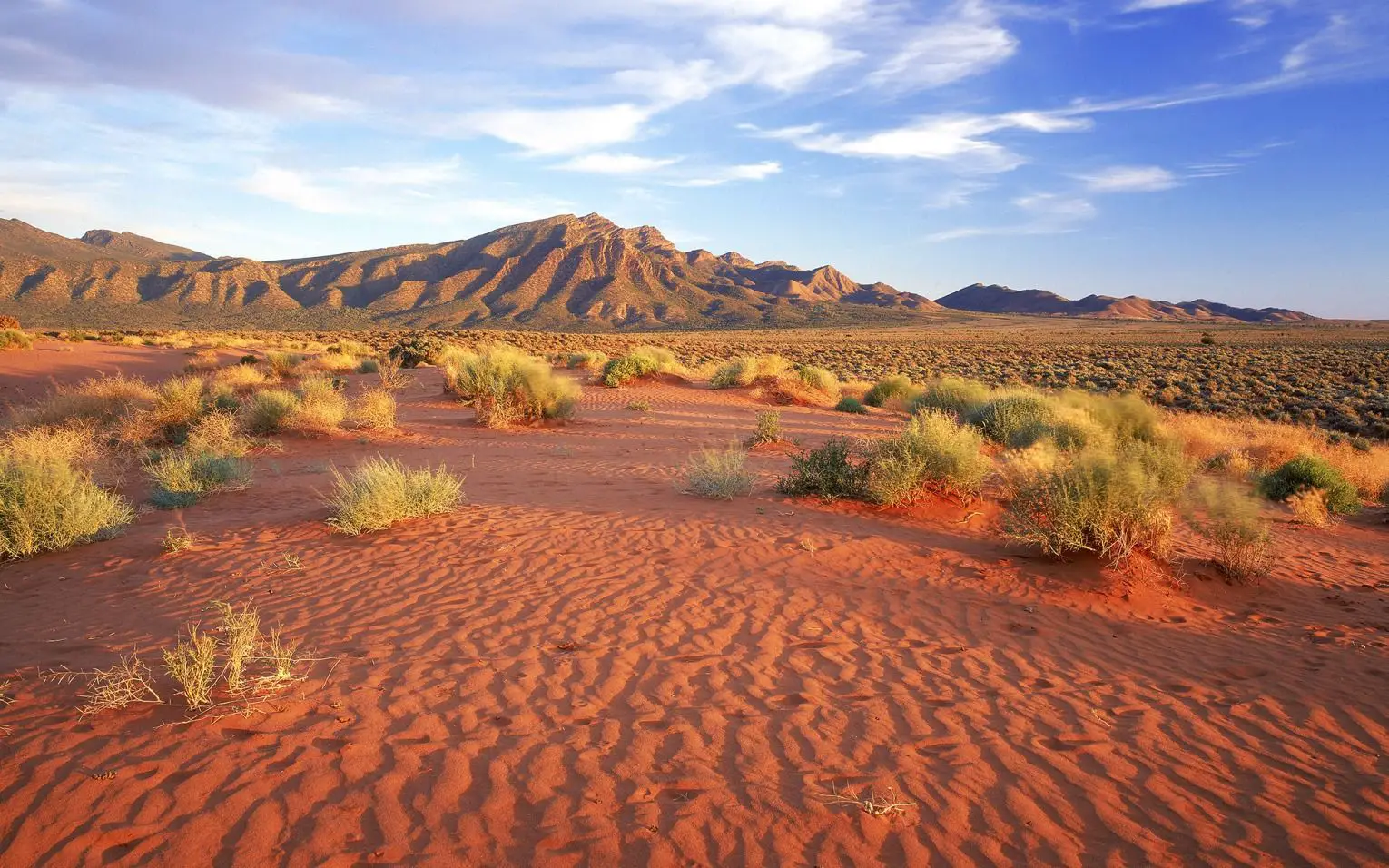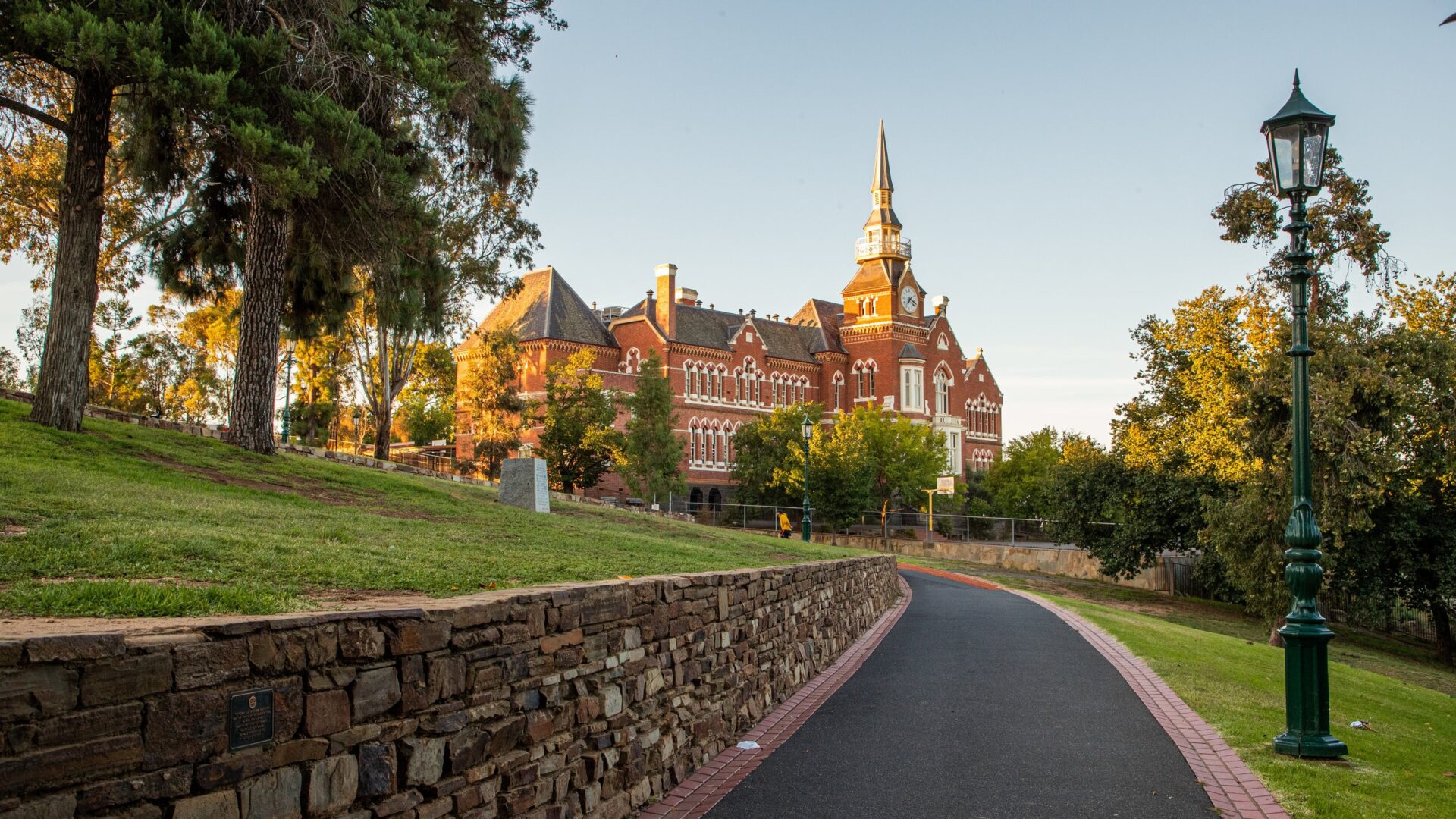Are there volcanoes in Australia? This is a question that many people may be asking, and the answer is yes! Australia is home to many active and dormant volcanoes, some of which are thousands of years old.
In this blog post, we’ll dive into the exciting history of volcanic activity in Australia and answer all your questions about volcanoes Down Under. So keep reading to find out everything you need to know about volcanoes in Australia!
What are Volcanoes?
Volcanoes are fascinating natural phenomena that have captivated humans for centuries. But what exactly are they? Volcanoes are openings in the Earth’s crust through which molten rock, gases, and ash are expelled.
They form when there is a buildup of pressure from magma, which is a mixture of molten rock and gases, beneath the Earth’s surface. When this pressure becomes too great, it causes an eruption, releasing the magma and gases.
Volcanoes come in different shapes and sizes, and they can be classified into different types based on their characteristics. Some of the most common types include shield volcanoes, which have a low, broad shape and are formed by the flow of thin lava, and stratovolcanoes, which are tall and steep and are built by alternating layers of ash, lava, and pyroclastic materials.
Volcanoes are not only awe-inspiring, but they also play a crucial role in shaping the Earth’s surface. They create new land, contribute to the formation of minerals, and even influence the climate. Australia, despite being known for its vast deserts and stunning beaches, is also home to a number of volcanoes.
In the following sections, we will explore the unique geography of Australia and delve into its volcanic history to uncover the secrets of these fiery marvels. So stay tuned to learn more about the volcanoes Down Under!
Types of Volcanoes
Volcanoes come in all shapes and sizes, and Australia is no exception. Let’s dive into the different types of volcanoes you can find Down Under. One common type is the shield volcano, which has a low, broad shape. These volcanoes are formed by the flow of thin lava that spreads out over a wide area. The result is a gently sloping cone that can cover vast stretches of land.
On the other end of the spectrum, we have stratovolcanoes. These are tall and steep, built by alternating layers of ash, lava, and pyroclastic materials. Stratovolcanoes can reach great heights and are often found in chains or clusters. The different types of volcanoes in Australia reflect the unique geology of the continent.
So whether you’re fascinated by the majestic shield volcanoes or the towering stratovolcanoes, Australia has a variety of volcanic wonders for you to explore. Get ready to be amazed by the diverse landscapes created by these fiery marvels!
Australia’s Unique Geography
Australia’s unique geography is a testament to the remarkable diversity and natural beauty of the continent. From its vast deserts to its lush rainforests, Australia boasts a landscape like no other. And hidden within this diverse terrain are its fascinating volcanoes.
Australia’s volcanoes are spread throughout the continent, ranging from the east coast to the central and southern regions. They offer a stunning glimpse into the country’s geological history and the powerful forces that have shaped its land.
One of the most notable features of Australia’s unique geography is its volcanic fields, which are scattered across various states. These fields consist of multiple volcanoes, creating a mesmerizing landscape that is unlike anything else in the world.
The country’s geography also plays a role in determining the type of volcanoes found within its borders. Australia’s ancient and stable interior is home to shield volcanoes, which have a low, broad shape. On the other hand, the eastern and southeastern coasts are characterized by the presence of stratovolcanoes, towering structures built by layers of volcanic materials.
Australia’s unique geography not only offers breathtaking views but also provides valuable insights into the Earth’s geological processes. So whether you’re a geology enthusiast or simply curious about Australia’s natural wonders, exploring its unique geography and volcanic landscapes is an adventure not to be missed.
Volcanic History of Australia
Australia’s volcanic history is a fascinating journey through time. The continent has a long and rich history of volcanic activity, spanning millions of years. It all began during the Precambrian era, around 700 million years ago, when Australia was part of a supercontinent called Rodinia. During this time, massive volcanic eruptions occurred, leaving behind vast layers of volcanic rocks and creating the foundation for the continent we know today.
Fast forward to the more recent past, and we find evidence of volcanic activity throughout different periods in Australia’s geological timeline. One notable era is the Mesozoic era, which lasted from around 250 to 65 million years ago.
During this time, volcanic activity was widespread, particularly along the eastern and southeastern coasts of the continent. Volcanoes, such as the iconic Mount Warning in New South Wales, erupted and left behind remnants that can still be seen today.
Australia’s volcanic history is not just a thing of the past. There are also more recent volcanic features, such as the volcanic fields in Victoria and South Australia, which were active only a few thousand years ago. These fields consist of numerous small volcanic vents and craters, showcasing the ongoing geological processes happening beneath the surface.
Understanding Australia’s volcanic history provides valuable insights into the continent’s geological evolution and the forces that have shaped its landscapes over millions of years. So the next time you find yourself in Australia, take a moment to appreciate the fiery past that lies beneath the surface and marvel at the wonders it has created.
Current Status of Australian Volcanoes
Now, let’s talk about the current status of Australian volcanoes. Australia is home to both active and dormant volcanoes, which means that while some are still capable of erupting, others have remained quiet for thousands of years.
In terms of active volcanoes, the most well-known is Mount Gambier in South Australia. It last erupted around 5,000 years ago and is still considered potentially active. Other active volcanoes in Australia include Mount Schank, also in South Australia, and Mount Canobolas in New South Wales. These volcanoes have not erupted in recent history but show signs of ongoing volcanic activity.
As for dormant volcanoes, there are plenty to explore. The Newer Volcanics Province in Victoria is home to over 400 dormant volcanic vents and covers an area of approximately 15,000 square kilometers. This region is known for its volcanic landscapes, including the iconic Tower Hill, which is a crater formed by an eruption around 30,000 years ago.
While the chances of a major volcanic eruption in Australia are relatively low, the volcanic activity in the country is a reminder of the ever-changing nature of our planet. So if you’re interested in exploring these volcanic wonders, make sure to visit these incredible sites and witness the geological power that lies beneath the surface.
Famous Australian Volcanoes
Australia is home to some truly famous and awe-inspiring volcanoes. One of the most well-known is Mount Gambier in South Australia. This volcanic complex last erupted around 5,000 years ago and is still considered potentially active. Mount Gambier is not only known for its volcanic activity but also for its stunning crater lakes, including the famous Blue Lake.
Another notable volcano is Mount Schank, also located in South Australia. This dormant volcano last erupted approximately 5,000 years ago and is now a popular tourist destination, offering breathtaking views from its rim.
In New South Wales, Mount Canobolas is another volcano that has captured the imagination of many. Although it has not erupted in recent history, this dormant volcano offers spectacular hiking trails and panoramic vistas.
These famous Australian volcanoes are not only natural wonders but also important geological sites. They provide a glimpse into the fiery past of Australia and showcase the ongoing forces that continue to shape the continent. So if you’re a volcano enthusiast or simply in awe of the power of nature, make sure to add these famous Australian volcanoes to your bucket list!



